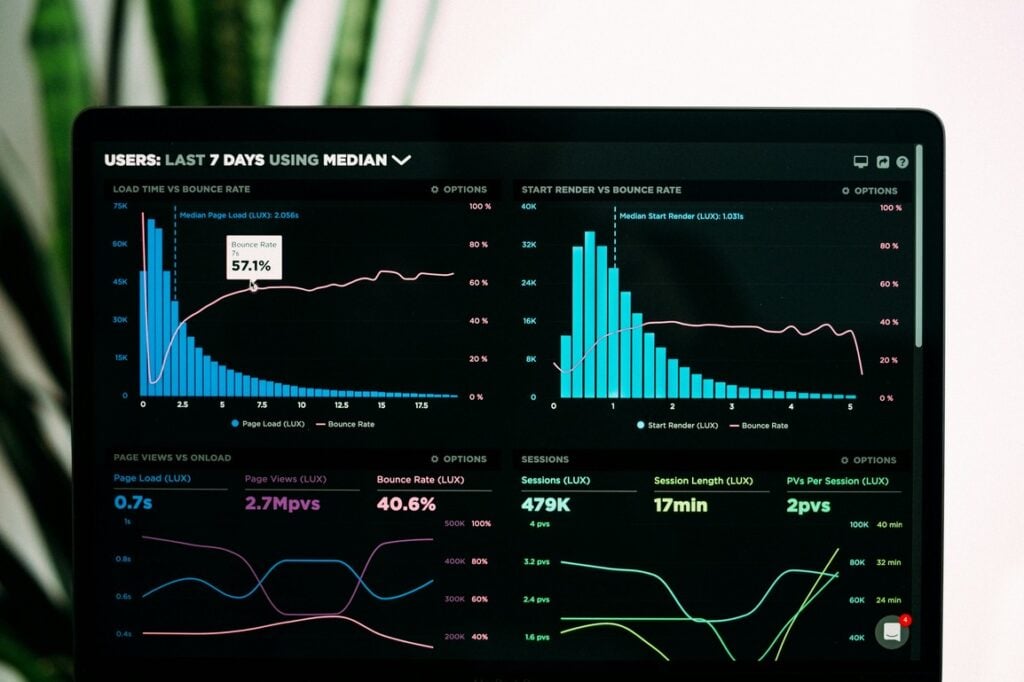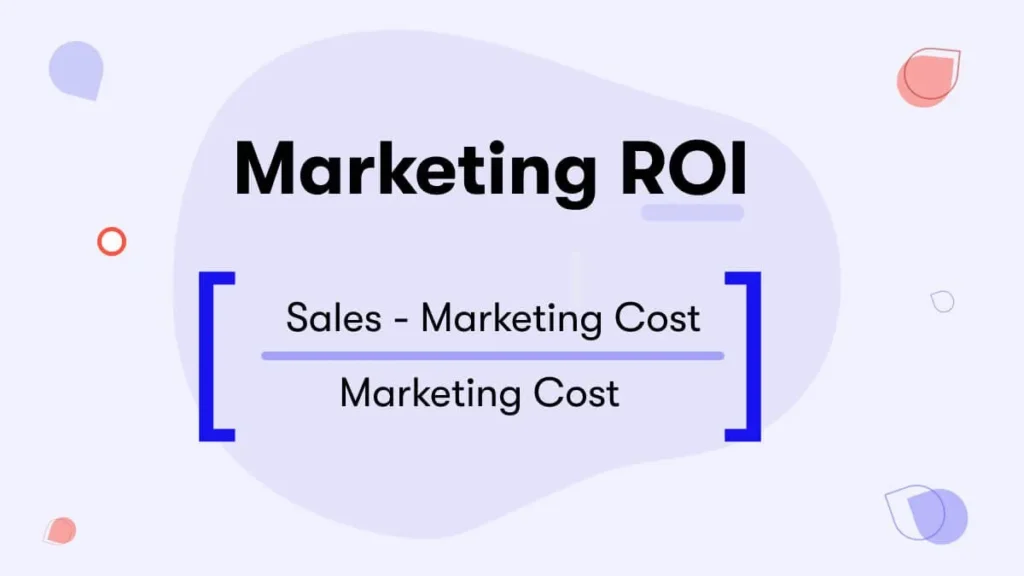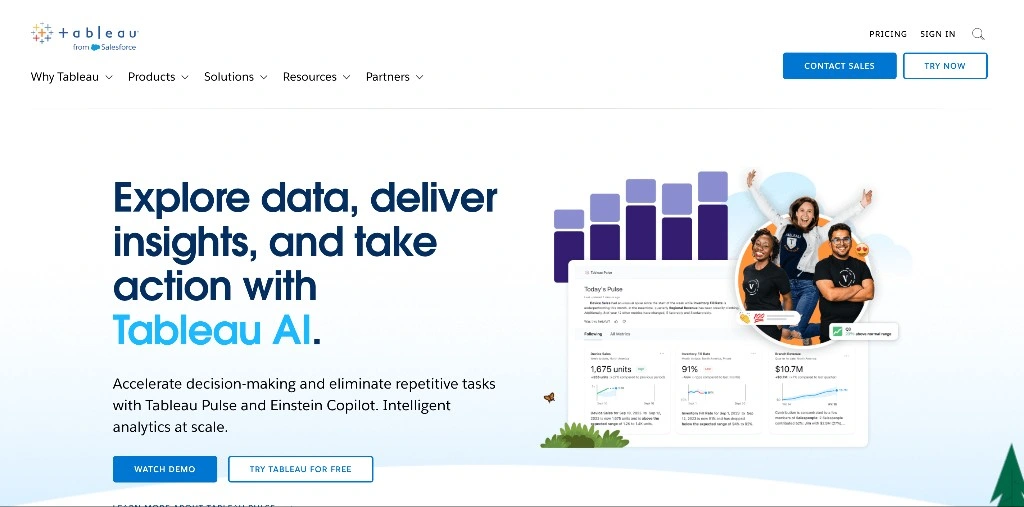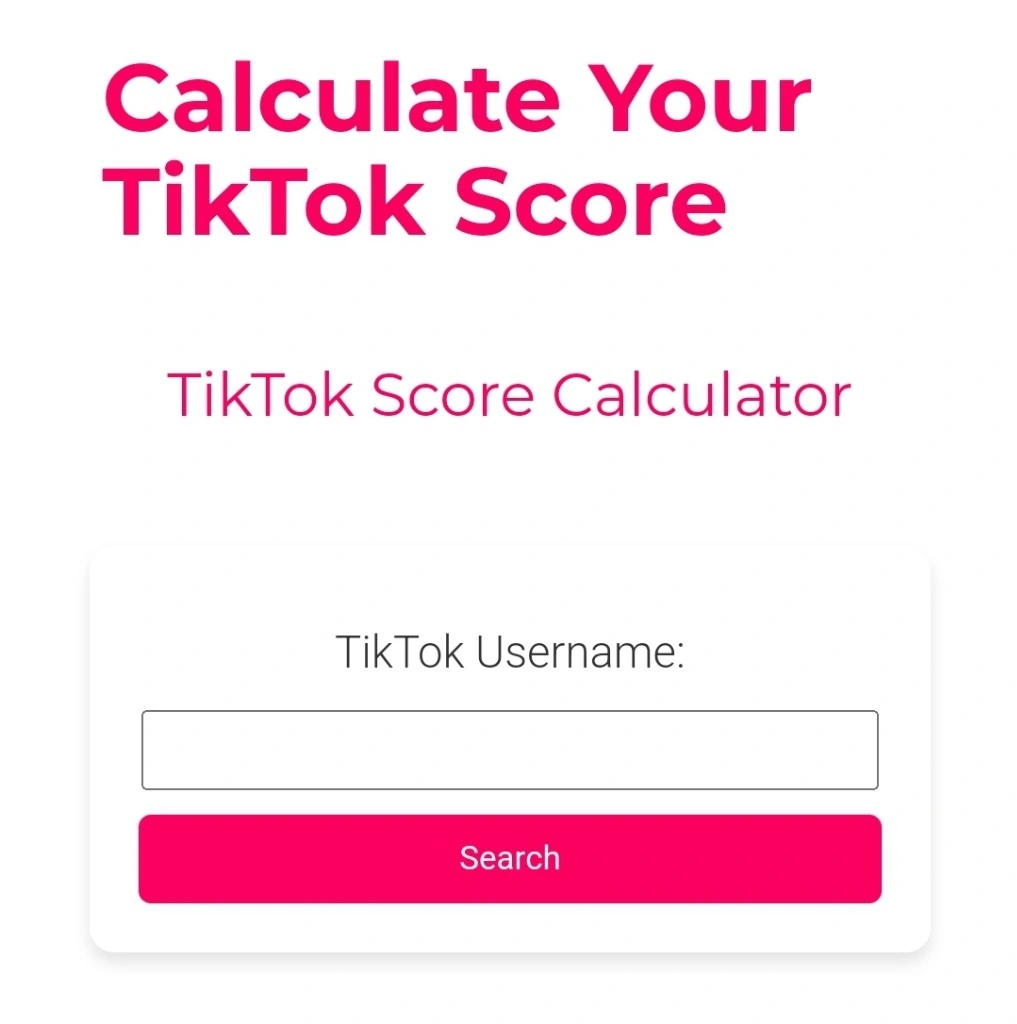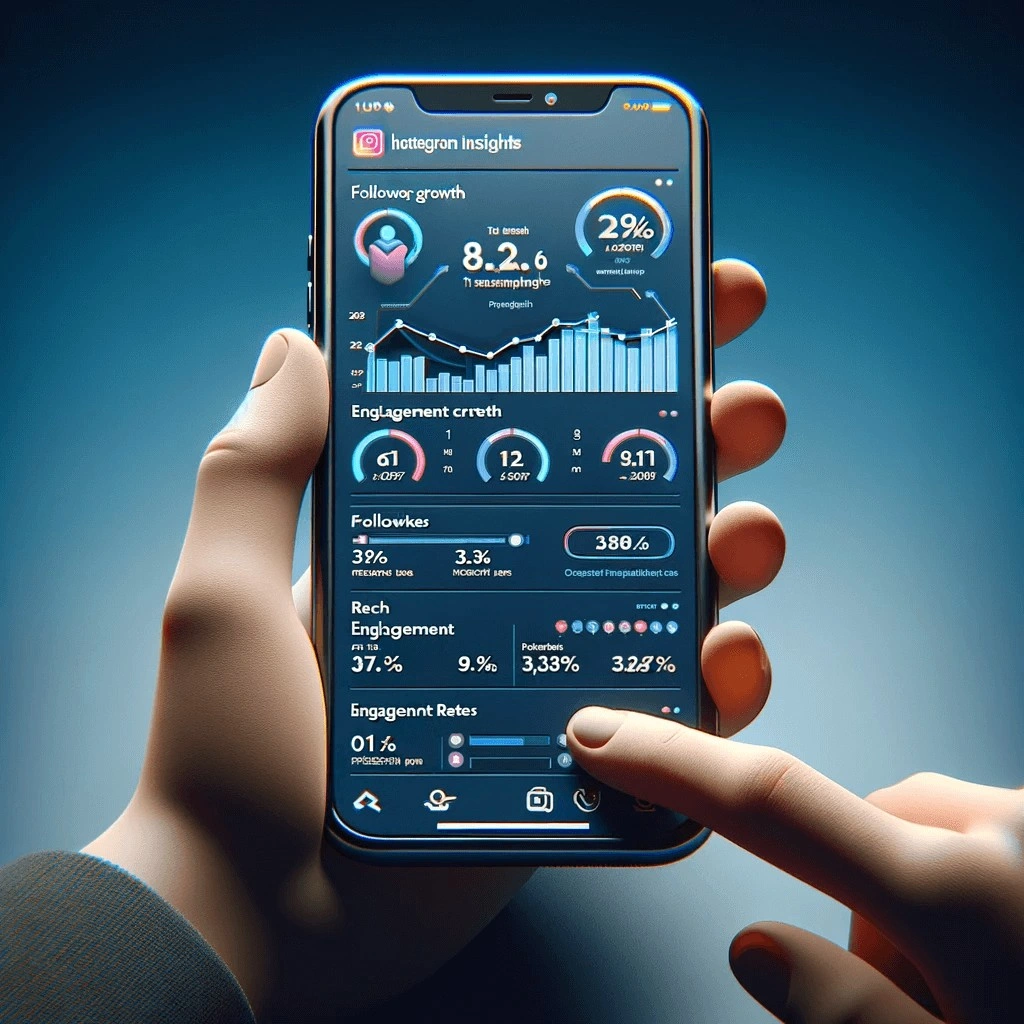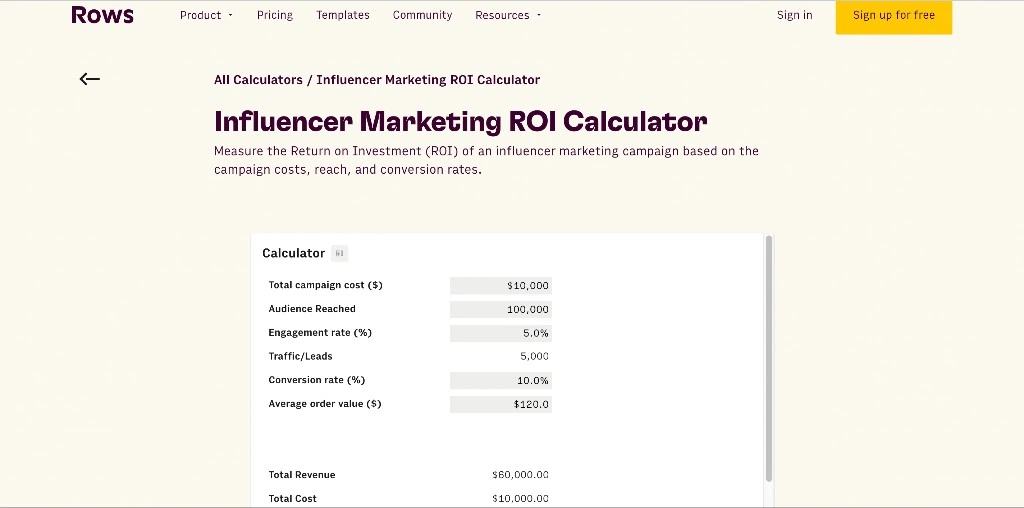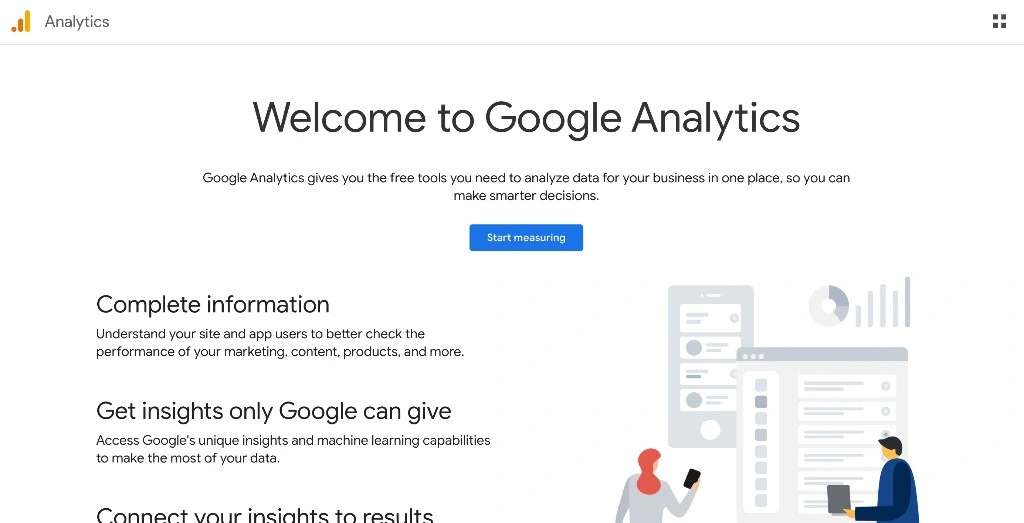
17 Jun How to Measure Influencer Marketing Campaign Success Using Key Metrics and Tools
Summary
Influencer marketing has become indispensable for brands seeking authentic connections with their audience.
But how can you be sure that your influencer campaigns are successful and generating good ROI for you?
Measuring success in influencer marketing goes beyond just tracking likes and followers, even if it’s important as well
It’s about comprehensively understanding the impact on brand growth, customer engagement, and ROI.
In 2024, staying ahead of the curve with precise metrics and cutting-edge tools is crucial for ensuring your influencer strategy delivers real value.
This short guide will walk you through the key metrics and tools necessary to evaluate and optimize your influencer marketing efforts, setting you on the path to sustained success.
What you should know before starting your Influencer Marketing campaign
Before starting your influencer marketing campaigns, it’s crucial to establish a clear roadmap for success.
This involves setting measurable and specific goals, as success can be different for every brand
Define Your Goals:
The first step is to identify what success is to you and what you want to achieve with your influencer marketing campaign.
Here are some common goals to consider:
- Brand Awareness: Do you want to increase brand recognition among a new audience? Define success by setting a target for increased brand mentions or impressions within a specific timeframe.
- Engagement: Is sparking conversations and interactions with your target audience a priority? Set goals for engagement rates (likes, comments, shares) on influencer posts.
- Website Traffic: Do you want to drive more visitors to your website? Track click-through rates (CTRs) from influencer content and aim to increase website traffic generated through influencer partnerships.
- Lead Generation: Are you looking to capture qualified leads for your sales funnel? Set goals for the number of leads generated through influencer campaigns, such as email signups or form submissions.
- Sales: Is boosting sales your ultimate goal? Track influencer-driven sales using trackable affiliate links or promo codes and set targets for increased revenue.
- Another crucial step in defining success is
Identifying Your Target Audience:
Understanding your ideal customer is key to selecting the right influencers.
Many brands lose before they even start at this stage
Here are some key aspects to identify your target audience:
- Demographics: Age, gender, location, income level, etc. Knowing these characteristics helps target influencers with a relevant audience base.
- Interests: What are your target audience’s hobbies, passions, and lifestyle preferences? Look for influencers who align with these interests.
- Pain Points: What are the challenges or problems your target audience faces? Choose influencers who address these pain points and showcase how your product or service can provide solutions.
- Social Media Behavior: Where does your target audience spend their time online? Identify which social media platforms are most relevant and choose influencers with a strong presence there.
By clearly defining your goals and thoroughly understanding your target audience, you’ll be well-positioned to select the right influencers for your campaign and measure its success effectively.
Understand the Basics of Influencer Marketing Metrics
Focusing on the right metrics is key to gauging the success of your campaigns.
These metrics help you see beyond the surface and understand the true impact of your efforts.
Let’s get into what these metrics are and why they are so important.
What Are Influencer Marketing Metrics?
Influencer marketing metrics are the data points that help you measure the performance of your influencer campaigns.
These metrics go beyond just counting likes and followers. They provide a deeper insight into how well your campaign is doing and how it is affecting your brand.
Some common influencer marketing metrics include:
- Engagement Rate: This measures how actively the audience is interacting with the content. It includes likes, comments, shares, and saves.
- Reach and Impressions: Reach is the number of unique users who see your content, while impressions are the total number of times your content is displayed.
- Click-Through Rate (CTR): This shows how many people clicked on a link in the influencer’s post.
- Conversion Rate: This measures how many people took a desired action, like making a purchase, after seeing the influencer’s content.
Understanding these metrics is crucial because they help you see what is working and what isn’t.
They provide a clear picture of your campaign’s effectiveness and help you make informed decisions.
Kickstart your influencer journey now
Partner with The Influencer Marketing Factory to leverage our extensive network of premium influencers. Streamline your campaign management from inception to conclusion, and attract your desired audience with compelling and engaging content.
Is Measuring Influencer Marketing Success Important?
Yes and here’s why, Measuring the success of your influencer marketing campaigns is essential for several reasons.
It helps you:
- Optimize Future Campaigns: By analyzing the data, you can identify trends and patterns that can help you refine your approach. For example, if you notice that posts with certain types of content get more engagement, you can focus on creating more of that content in the future.
- Justify Marketing Spend: Metrics provide concrete evidence of your campaign’s success. This is crucial when you need to justify your marketing budget to stakeholders. Showing a high return on investment (ROI) can help secure more funding for future campaigns.
- Understand Audience Behavior: Metrics give you insights into how your audience is interacting with your content. This can help you tailor your messaging to better meet their needs and preferences.
- Measure Brand Awareness: By tracking reach and impressions, you can see how many people are being exposed to your brand. This helps you understand the overall impact of your campaign on brand awareness.
By understanding what worked and what didn’t, you can make adjustments to improve your strategy.
This is similar to the Pixel tool used in paid advertisements on platforms like Facebook, which allows you to track the actions users take on your website and measure the effectiveness of your advertising.
It works by placing a code snippet on your website, which then tracks the interactions of users who visit your site and helps you optimize your Facebook ads based on this data.
This pixel can track conversions, create targeted audiences for future ads, and provide valuable insights into how people interact with your website after seeing your Facebook ad.
It’s a powerful tool for businesses looking to improve their online advertising strategies.
But since there’s no way we can use the pixel tool native to platforms like Facebook with influencer marketing, we have to stick to tracking metrics using specific tools which we’ll be sharing later in this article
The point here is, understanding and measuring influencer marketing metrics is vital for the success of your campaigns.
It helps you make data-driven decisions, optimize your strategy, and demonstrate the value of your efforts.
Defining Key Performance Indicators (KPIs)
Key Performance Indicators (KPIs) play a pivotal role in tracking the success of your influencer marketing efforts.
These metrics give you quantifiable data to see the effectiveness of your campaigns.
Here are some common KPIs used in influencer marketing:
- Reach: This shows how many unique users have seen the influencer’s content. It helps gauge the potential audience size.
- Engagement: Measures interactions such as likes, comments, shares, and saves. Higher engagement often indicates resonating content.
- Conversions: Tracks actions taken by viewers, such as clicks on a link, sign-ups, or purchases. It directly measures the campaign’s success in driving desired actions.
- Audience Growth: Measures the increase in followers or subscribers on your brand’s social media channels as a result of the campaign.
- Brand Sentiment: Evaluate the overall tone of the comments and feedback on the influencer’s content, giving you insights into public perception.
Tracking these KPIs allows you to understand which aspects of your campaign are working and which need tweaking.
By clearly defining your objectives and KPIs, you set a solid foundation for your influencer marketing campaign, ensuring that every effort is aligned with your business goals and can ensure a good ROI (Return on Investment)
How to Measure Influencer Marketing ROI and Success
With great power comes great responsibility…to measure your results!
Tracking key metrics helps you understand the impact of your campaigns and optimize them for future success.
But, measuring the ROI (Return on Investment) of your influencer marketing campaigns helps you grasp if all your optimizations and tweaks are successful
So you don’t just end up burning your marketing budget without anything to show for it
Here’s a simple formula to calculate ROI
Calculating the ROI from your influencer marketing campaign is straightforward once you have all the necessary data.
The formula is a simple yet powerful tool to gauge the effectiveness of your investment:
ROI% = (Revenue Generated From Influencer Campaign / Cost of Influencer Investment) * 100
Let’s break this down with an example.
Imagine you’ve partnered with a social media influencer and invested $2,000.
his investment covers all different expenses like the influencer’s payment, content creation, and other promotional activities.
As a result of this collaboration, you track the sales and determine that the campaign has generated $8,000 in revenue.
Now, let’s apply the formula:
ROI% = ($8,000 / $2,000) * 100 = 400%
In this scenario, for every dollar you spent on the influencer campaign, you earned four dollars back, resulting in an impressive 400% ROI.
This indicates a highly successful initiative, with the returns significantly outweighing the investment.
With this formula at hand, you are well on your way to measuring the success of your influencer marketing campaigns
Here are 10 ways to Measure Influencer Marketing Success
- Affiliate Links
- Dedicated Product Landing Pages
- Urchin Tracking Modules (UTMs)
- Brand Engagement
- Unique Discount Codes
- Earned Media Value (EMV)
- Share of Voice & Mentions
- Backlinks
- Customer Acquisition Cost (CAC)
- User-Generated Content (UGC)
Read more about these here.
Analytics tools to help measure your campaign success with influencer marketing
Influencer marketing analytics tools can be powerful allies that can help you measure your campaigns’ true impact, dissect campaign performance, and optimize your strategy.
Here are 5 tools that can help with this:
Data Visualization Software
We understand that gazing at rows and cells might not be everyone’s cup of tea, and some prefer a more engaging and user-friendly approach.
That’s where our next tool comes into play, turning boring sheets of influencer metrics into visually stunning representations.
Tableau, a standout in this category, is known for its ability to morph complex tables and datasets into interactive, eye-catching dashboards.
This allows marketers to swiftly spot trends and patterns, making strategic decisions a breeze.
Google Data Studio is another such software that seamlessly integrates with spreadsheets, offering similar capabilities to derive informative reports and charts.
Utilizing these tools, the entire marketing team, along with stakeholders, can gain a comprehensive and clear understanding of influencer collaborations, guiding them in making well-informed choices.
Engagement Rate Calculators
Continuing with our lineup of essential analytics tools, we come to calculators designed to assess likes, comments, shares, and other forms of interaction in relation to the total number of followers or post reach.
They provide brands with valuable insights into how engaged their audience is with the content posted by influencers.
The mechanics are quite straightforward: simply input the handle of a content creator’s profile or paste their URL, then click the check button.
Within seconds, you’ll receive a result in the form of a percentage value – It’s as simple as that!
A healthy engagement rate typically falls within the range of 0.04% to 16%, although this can vary based on the creator’s follower count.
Some must-try ones include The influencer Marketing Factory TikTok Score Calculator, HypeAuditor, Phlanx, and trendHERO, and the best part is that they are available for free.
Audience Demographics Analyzers
Believe it or not, almost every social media platform has an in-app audience demographics analyzer.
Many marketers aren’t aware of this, or if they are, they aren’t using it to its full potential.
So, whether you’re considering a collaboration with an influencer to make it big or have already partnered with one but are puzzled by views without conversions, there’s a simple solution: check the content creator’s insights.
You’ll get an idea of the age group, gender, and even the location of the viewers who consume their material.
Most platforms like Instagram and YouTube have built-in insight dashboards, and you can easily request a screenshot from the creator.
For an even better approach, consider having the content posted as a collaborator, which grants you direct access to these statistics. While there are third-party apps available for this purpose, such as Brandwatch and Sprout Social, they come at a cost.
ROI Calculators
ROI calculators use a formula to determine the value you gain in comparison to the amount spent.
To get this figure, you’ll need to input key details like the total campaign cost, the influencer’s reach (which you can gather from insights), and their engagement rate.
The resulting figure gives you a clear picture of your initiative’s effectiveness.
A positive number indicates a profitable campaign, affirming the value of your influencer choice. On the flip side, a negative ROI is a red flag, suggesting it might be time to explore collaborations with other individuals who have more favorable metrics.
For a hands-on approach, try using Rows, which is both accessible online and free.
Content Analysis Tools
While Google Analytics is renowned for website data analysis, it can also indirectly assess the impact of influencer-driven content by tracking user engagement and behavior on a brand’s website.
For example, when influencers direct their followers to a website, Google Analytics can assess the resulting traffic, providing insights into how they interact with the site.
This includes understanding which pages they visit, how long they stay, and what actions they take, offering valuable feedback on the effectiveness of the creator’s post in driving meaningful engagement.
More specifically, marketers can simply allot the influencer a UTM (Urchin Tracking Module) link, which they can then utilize in their blog or other material.
These UTM parameters are short text codes that are appended to URLs to provide detailed tracking of marketing campaign performance in Google Analytics.
For more tools, See: Top 10 Influencer Analytics Tools For Strategic Growth
One thing to note before leaving this page is that manually managing and analyzing vast data sets, staying current with the latest trends, and identifying the perfect influencer partnerships require significant time and expertise.
Going at it alone can lead to wasted resources, misaligned partnerships, and ultimately, a loss of your marketing budget.
This is where The Influencer Marketing Factory steps in.
We are a team of passionate experts dedicated to helping brands unlock the true potential of influencer marketing.
We leverage cutting-edge tools and industry insights to streamline measurement, optimize campaigns, and deliver exceptional results.
You shouldn’t let the complexities of influencer marketing hold you back.
By partnering with us you experience the true power of data-driven influencer marketing that drives brand awareness, engagement, and ROI.
We’ll help you turn your influencer marketing vision into a measurable reality, and for reading to the end of this blog, we are offering you a free consultation to help you discover how we can be your trusted partner in the success of your influencer marketing campaigns, contact us now to claim your free consultation.
Kickstart your influencer journey now
Partner with The Influencer Marketing Factory to leverage our extensive network of premium influencers. Streamline your campaign management from inception to conclusion, and attract your desired audience with compelling and engaging content.

